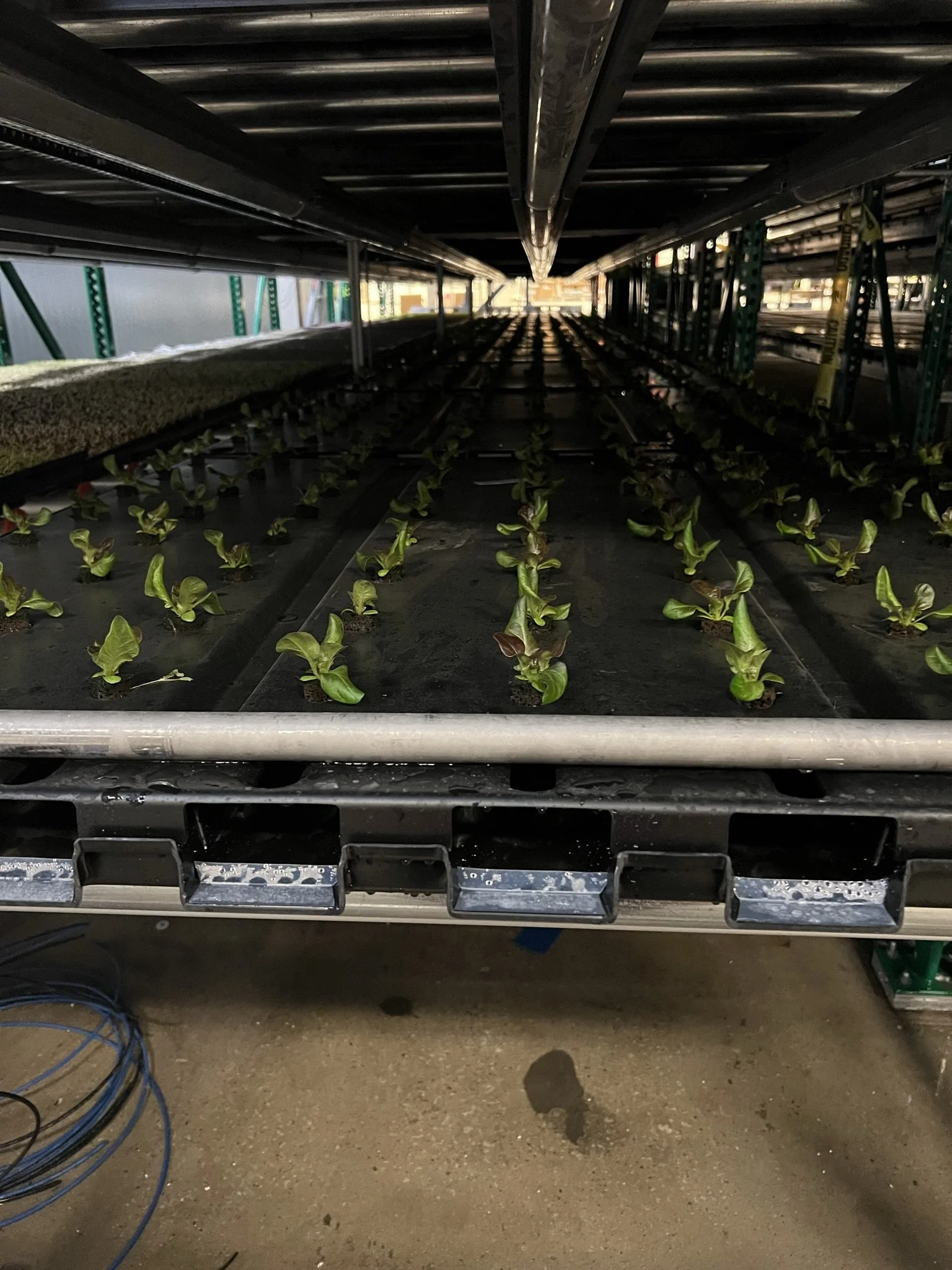In the world of controlled environment agriculture, efficiency in water and nutrient management is paramount. Among the various irrigation techniques available, ebb and flow (also known as flood and drain) systems have shown considerable advantages over traditional drip irrigation systems, particularly in terms of water and nutrient usage. Here, we explore three compelling reasons why ebb and flow systems can be more efficient than drip irrigation.
1. Reduced Water Loss Through Leaching
One of the most significant advantages of ebb and flow irrigation over drip systems is the reduction in water loss due to leaching. In drip irrigation, water is delivered directly to the plant roots via a network of tubes and emitters. While this method is effective in targeting water delivery, it necessitates over-irrigation to prevent salt buildup in the media. Typically, this requires up to 20% additional water volume to flush these salts effectively, which can lead to significant water waste.
Conversely, ebb and flow systems are designed to reuse water. During the flood phase, trays or beds are filled with water and nutrients, allowing the solution to soak the growing media and reach the roots uniformly. After a set period, the solution drains back into a central reservoir and is reused in the next cycle. This recirculating nature prevents the extra water expenditure for leaching salts, as the flood cycle inherently washes away salt accumulations, reusing the same water without the need for additional volume.
2. Less Frequent Irrigation Required
Ebb and flow systems often require less frequent irrigation compared to drip systems due to the extended contact time between water/nutrient solution and the growing media. In drip systems, water is applied in smaller, more frequent doses, which might not always saturate the media thoroughly, leading to uneven moisture distribution.
In contrast, ebb and flow systems saturate the growing media completely during each flood cycle. This thorough saturation ensures that all parts of the media have sufficient moisture, allowing plants to access water and nutrients more efficiently. Consequently, the time between watering can be extended, reducing energy usage and labor costs associated with frequent irrigation setup adjustments.
3. Reduction in Fertilizer Usage
Reports vary, but many growers using ebb and flow systems report a reduction in total fertilizer usage by 10-30%. This efficiency is primarily due to the recirculating nature of these systems. Since the nutrient solution is collected and reused, less fertilizer is lost to runoff compared to drip systems, where excess nutrients percolate through the media and are not recaptured.
The design of ebb and flow systems allows for optimal nutrient uptake by plants. During each flood cycle, plants have ample opportunity to absorb nutrients from the solution. Any nutrients not used during one cycle will be reintroduced to the plants in subsequent cycles, reducing the need for frequent nutrient supplementation and minimizing waste.
Conclusion
While both ebb and flow and drip irrigation systems have their respective advantages and applications, ebb and flow systems offer significant efficiencies in terms of water and nutrient usage. By reducing water loss through leaching, requiring less frequent irrigation, and decreasing fertilizer needs, ebb and flow systems present a compelling option for growers focused on sustainability and efficiency. The choice between these systems should consider crop type, growing media characteristics, and specific environmental goals. However, for those looking to optimize resource use and reduce operational costs, ebb and flow irrigation is a worthy consideration.

